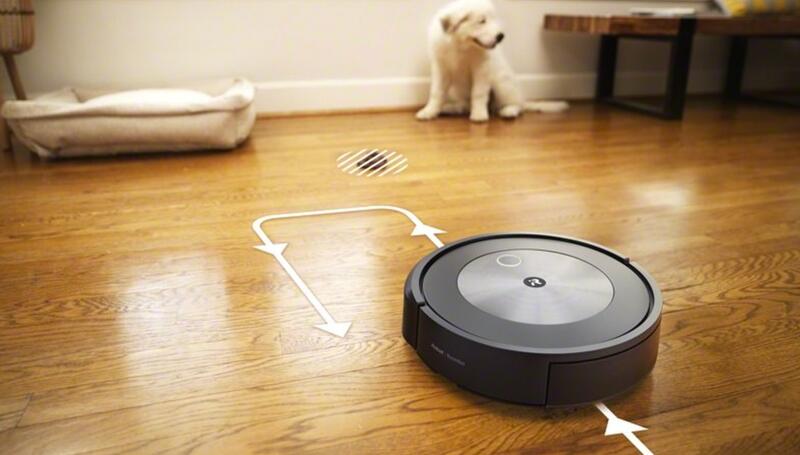The human race has been caught off guard as the robot revolution is already in full-force. We’ve assumed for many years that robots will only join us in the future. It turns out that robots are already with us. Some households are already using robots to carry out basic functions. Smart vacuums are already sweeping some homes here in South Africa. They are tiny objects fitted with cameras and small brushes. Through a smartphone they can be requested to clean wherever the operator may be. Through the camera a smart vacuum is able to learn about the room to understand where to clean in the future. For now it’s not as perfect as a physical broom, however it can carry out basic functions to keep a small room in clean condition.
In the US, robots are being tested to deliver packages in controlled environments. The use of robots around the world is another indicator that robots are taking off.
In Rwanda robots were used during the pandemic to deliver life saving vaccines. Some South African hospitals used robots to assess patients when it was unsafe for doctors to do so. All of these functions by robots point to a new reality of a world that is slowly introducing robots in our daily lives. They also point to a future where robots will definitely form part of daily living. We are headed to a future where robots will become our companions. They are destined to take care of some of our difficult tasks. In disaster situations they will be assigned to access hard to reach and dangerous environments. Rescue operators will work with robots to save people in earthquakes and in burning buildings. Households will get personal robots to carry difficult objects thereby becoming a useful tool.
Businesses will also find ways of using robots to do business. All of this will free people to do more meaningful work. One of the most exciting developments in the field of robots is the development of a robot, Optimus, by Tesla. Optimus is inspired by the human body, with arms, hands, legs and a head. It also has a brain, which is a central computer located in its torso. Optimus has a 2.3 kWh battery pack, which amounts to about a full day of work, along with 28 structural actuators, which allow the robot to move. Its hand features has six actuators and 11 degrees of freedom, or axes of motion, less than half of what an actual human hand has, though it can perform both wide and more precise adaptive grasps of objects. Sensors allow Optimus’s hand to identify what it’s grabbing and understand where its hand is in relation to space. Its hands are also capable of carrying a 20-pound bag.
Optimus’s central computer processes vision data from multiple sensors so it can perceive its surroundings. It also has a visual navigation system managed by neural networks to get around. It’s loaded with a library of natural motion references — essentially engineers recorded human motions, like grabbing a box off a shelf, and mapped that motion data, which has been optimised to adapt to real-world motion, to Optimus. When Optimus enters the market we begin a process of buying robots in the same way that we buy cars. They will be another object that we own to carry out our commands. Current versions of robots that are in operation provide an opportunity to climatise society with the robotic world.
There’s no doubt that robots will change the nature of work. In the same way that the washing machine freed us from washing clothes, robots will free us from some activities. One can have a positive or negative view of robots; there’s nothing that can stop them from joining human society. What can be done is to prepare our world to co-exist with them in a way that maintains harmony.







